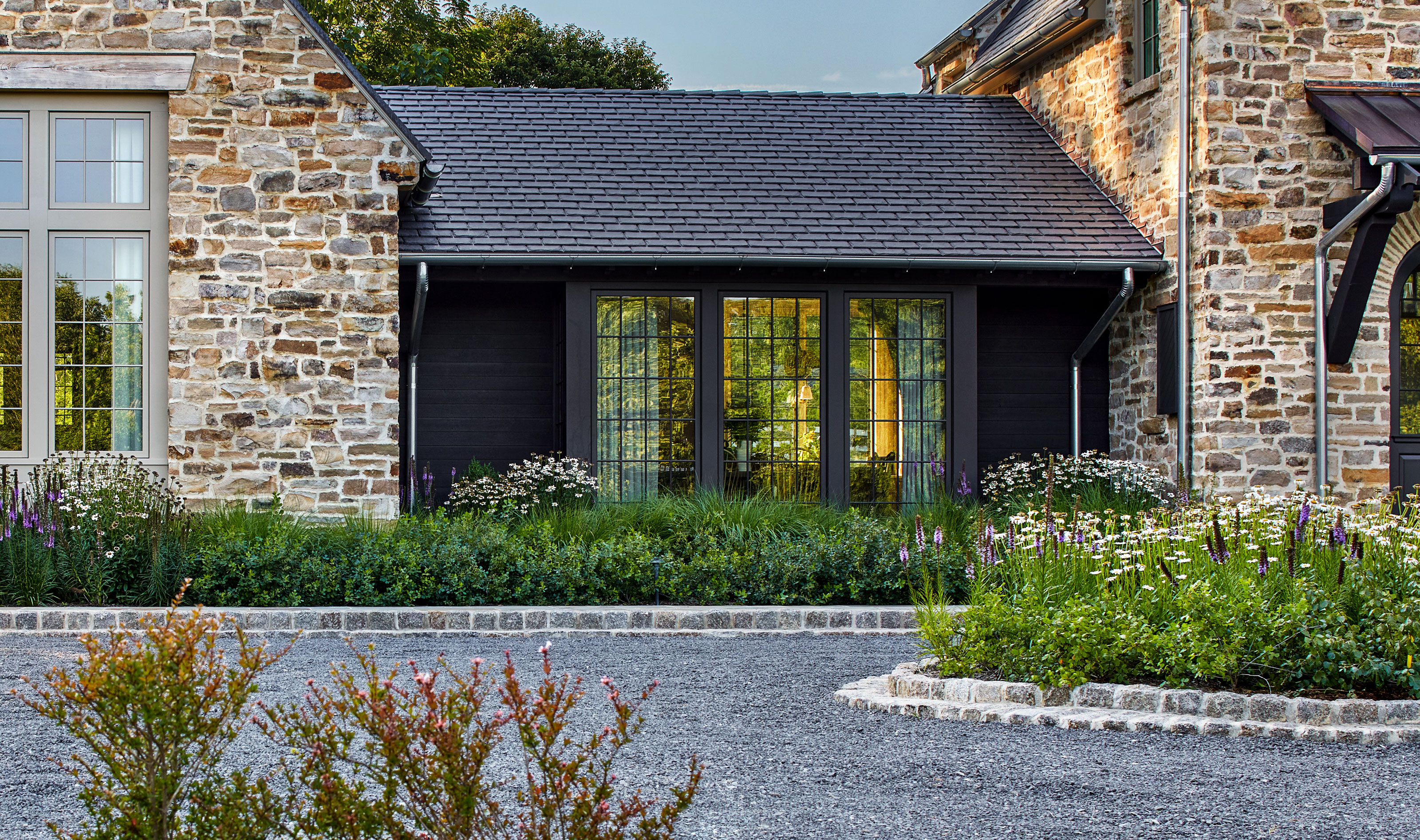
Before you begin to get cozy by your fireplace, deck your home out in seasonal decor, and retrieve your heated blankets from storage, there are a couple of things you'll need to do to prepare your home for winter.
Besides knowing how to winterize a garden, it's equally as important to understand the ins and outs of learning how to winterize your home. From inspecting your pipes and installing door sweeps to insulating your attic and weatherproofing your home, there's plenty to be done to properly protect your house.
To help you make a checklist of things to do around your home in time for the festive season, we have curated a list of helpful tips from professional home experts. Adopting these winterization tricks will make sure your home is ready to brave the winter, so you can enjoy your sanctuary sans stress. Without further ado, here are 10 tips to winterize a home.
1. Inspect the Roof
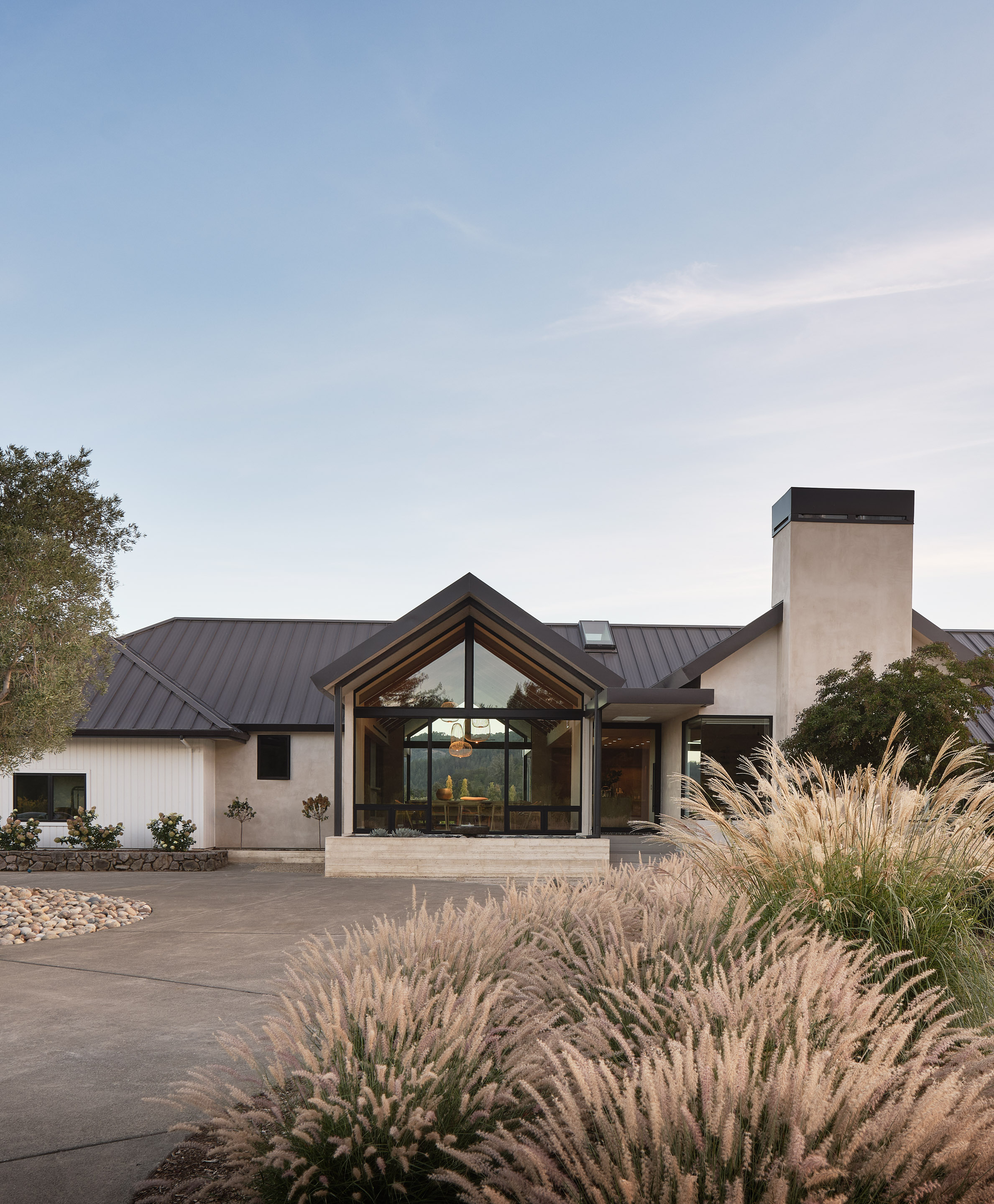
"Your roof is the first line of defense against harsh winter weather, often bearing the brunt of the wind, snow, and ice," says Kriss Swint of Westlake Royal Building Products. "Damage caused by summer storms can leave your roof particularly vulnerable as the weather cools, so it’s important to inspect it for any potential damage."
Kriss explains that flashing around the chimneys and other roof projections can be common sources of leaks and should be repaired if necessary. She also points out that gutters and downspouts may trap debris and leaves and clog.
"When wet leaves remain in gutters over the winter, they add significant weight and volume when frozen," she notes. "This can increase the risk of damage to the siding and roof of your house."
Whether you have green roof systems in place or if you've opted for a more traditional roofing finish, this is an important tip to consider.
2. Check & Seal Windows
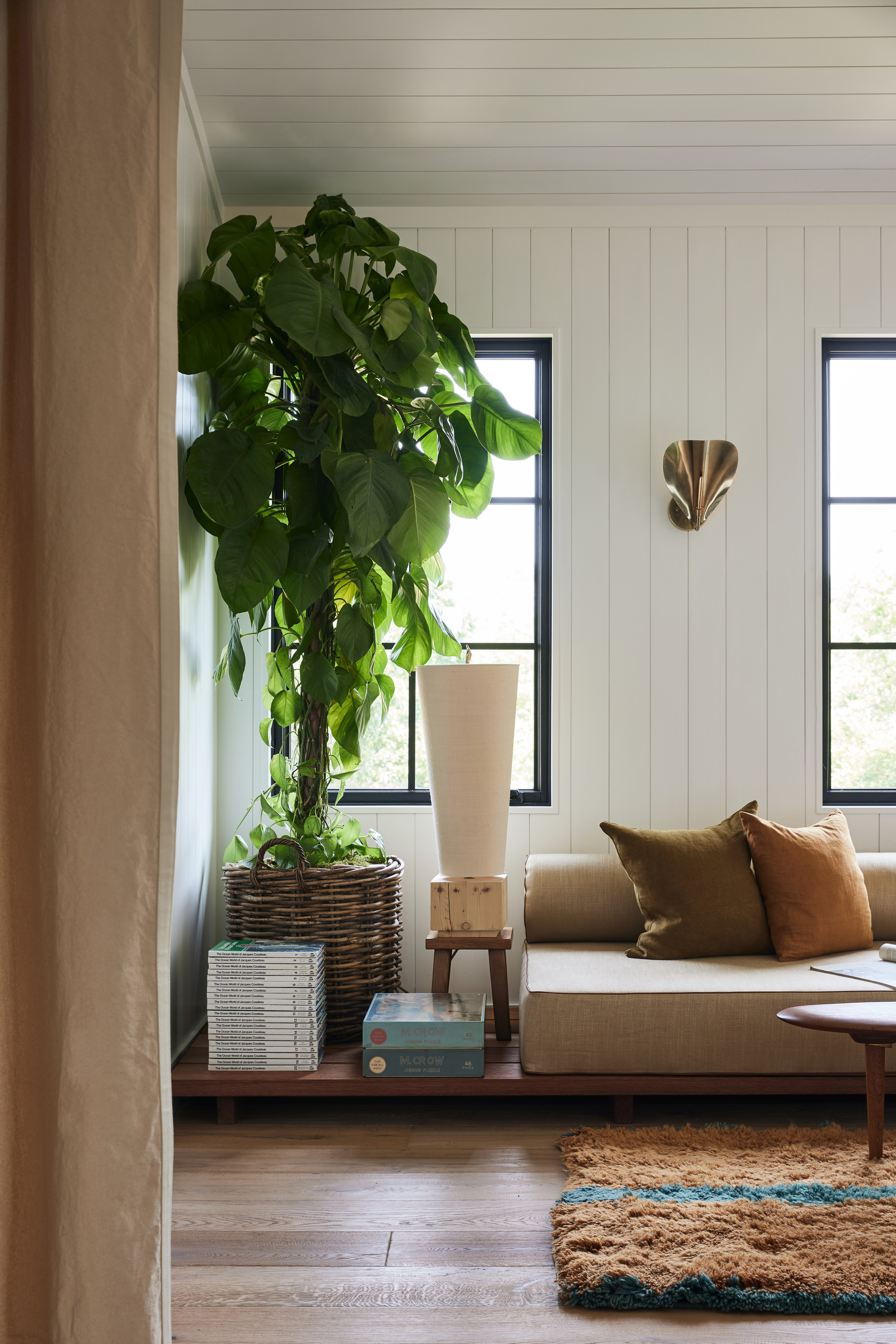
Although it's important to open your windows in winter, Kriss tells us that windows are also one of the most common places for leaks that let in cold air and moisture.
"Check for air leaks, clean the window tracks of any debris that may interfere with seals, and repair any missing or damaged sealant," she advises. "Weatherstripping your windows’ interiors with felt rolls or rope caulk is a cost-effective solution for older windows with worn-out putty or insufficient sealing and caulking."
If your doors and windows have screens in during the warmer months, Kris tells us to consider removing the screens and replacing them with storm windows to further insulate the house and protect it from moisture damage and ice.
We recommend adding this Frost King Indoor and Outdoor Caulking Cord from Amazon to your cart for window prep.
3. Install Door Sweeps
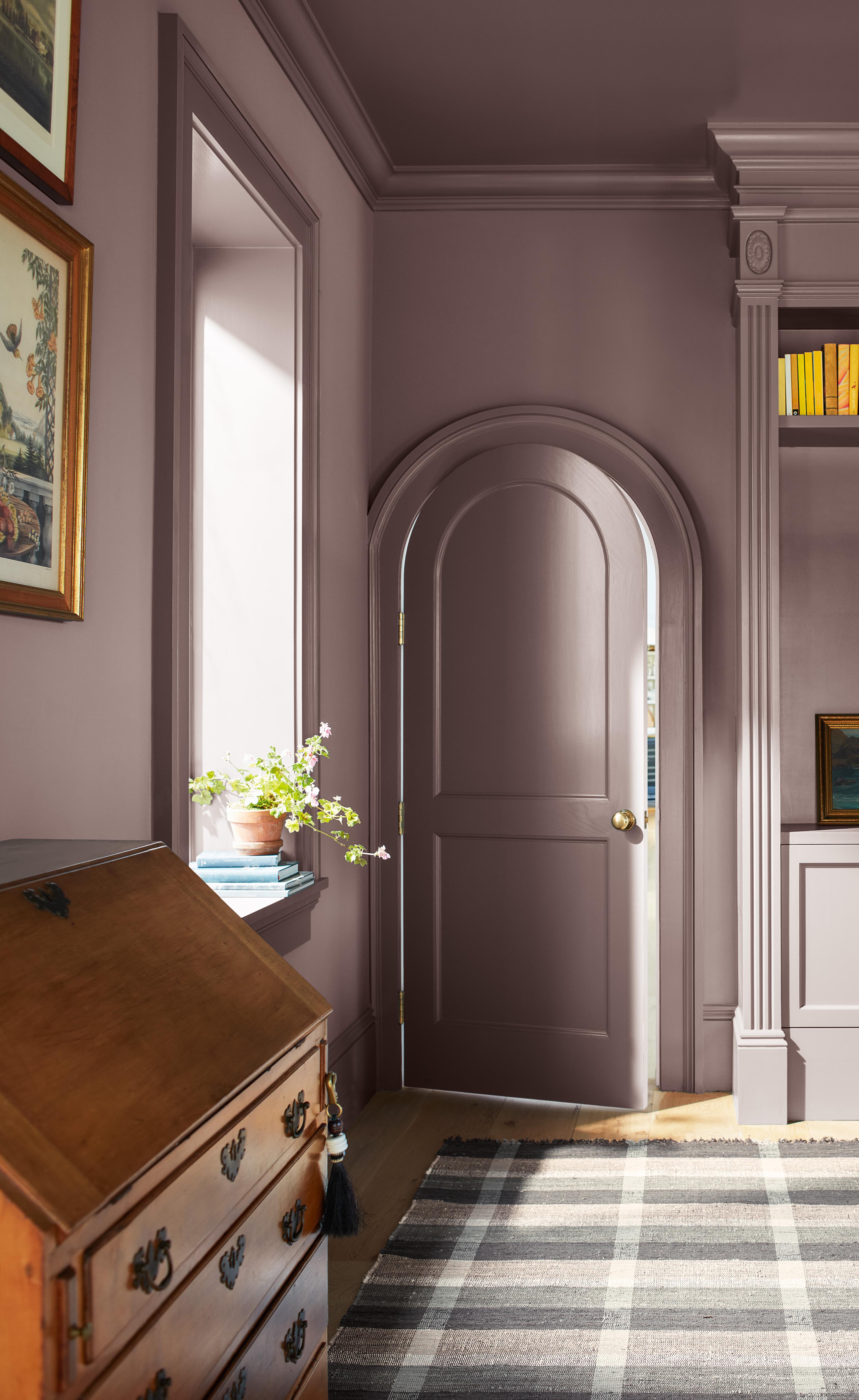
According to Kriss, door sweeps create a tight seal underneath entryways, another common leak location. "Door sweeps come in two forms: u-shaped pieces that slide under aluminum or steel doors and metal strips that screw nails, or staple to door bottoms," she explains.
She tells us that door sweeps have an attached strip made of vinyl, plastic, sponge brush, or other air-blocking material. "Use it to fill the gap between the bottom of your door and the threshold," she advises. "To install, measure your exterior and interior doors, fit the strip, drill pilot holes, and tighten with screws."
As an alternative solution, you can also add a draft stopper like this Vellure Door Draft Stopper from Amazon to your main doors for increased insulation.
4. Prepare the Fireplace and Chimney

"We tend to completely ignore our wood-burning stoves and fireplaces during the warmer months," says Kriss. "But chimneys can be a source of cold air leaks and other issues in the winter."
She suggests servicing and inspecting your chimneys before winter weather sets in. "Clear any obstructions, check the damper for functionality, check the chimney draft, inspect the firebrick in the fireplace, and have the chimney properly cleaned," she says. "This will all ensure that the fireplaces and wood stoves are in good condition for the colder months while guaranteeing that they aren’t letting in more of the elements than they need to. "
5. Protect Pipes

One of the most important home tasks to undertake as you winterize a home is pipe inspection.
"Insulation is the bread and butter of a well-winterized home," notes Kriss. "It provides an additional layer of protection and plays a key role in thermal performance."
For the careful DIY-er, Kriss finds that insulation can be installed around exposed pipes in your basement or crawl space to prevent plumbing from freezing and bursting during extreme cold spells.
6. Insulate the Attic

In regards to attic rooms, Kriss tells us that approximately 25% of a home’s heat escapes through the roof. This is exactly why she finds that insulating your attic may improve your home’s overall thermal efficiency. "It'll take some of the workload off your furnace," she says. "And potentially lower your heating bill, as well."
She explains that you can install your own attic insulation without busting your budget. In fact, if you’re a seasoned home DIYer, she finds that it's an easy weekend project.
"There are many types of insulation material you can use to fit between attic floor joists," she says. "From fiberglass to rock wool to cotton even, simply take your pick."
7. Weatherproof Outdoor Spaces

Kriss rightly points out that outdoor living spaces are especially susceptible to wear and tear in winter weather. She explains that areas like patios, porches, and screened porches will bear the brunt of the cold, snow, and ice.
"Water and ice can damage patio stone, ruin outdoor furniture, and destroy wooden outdoor structures," she says. "So be sure to cover or put away outdoor furniture, empty sheds, and stow outdoor hoses to prevent damage."
8. Expose Air Vents
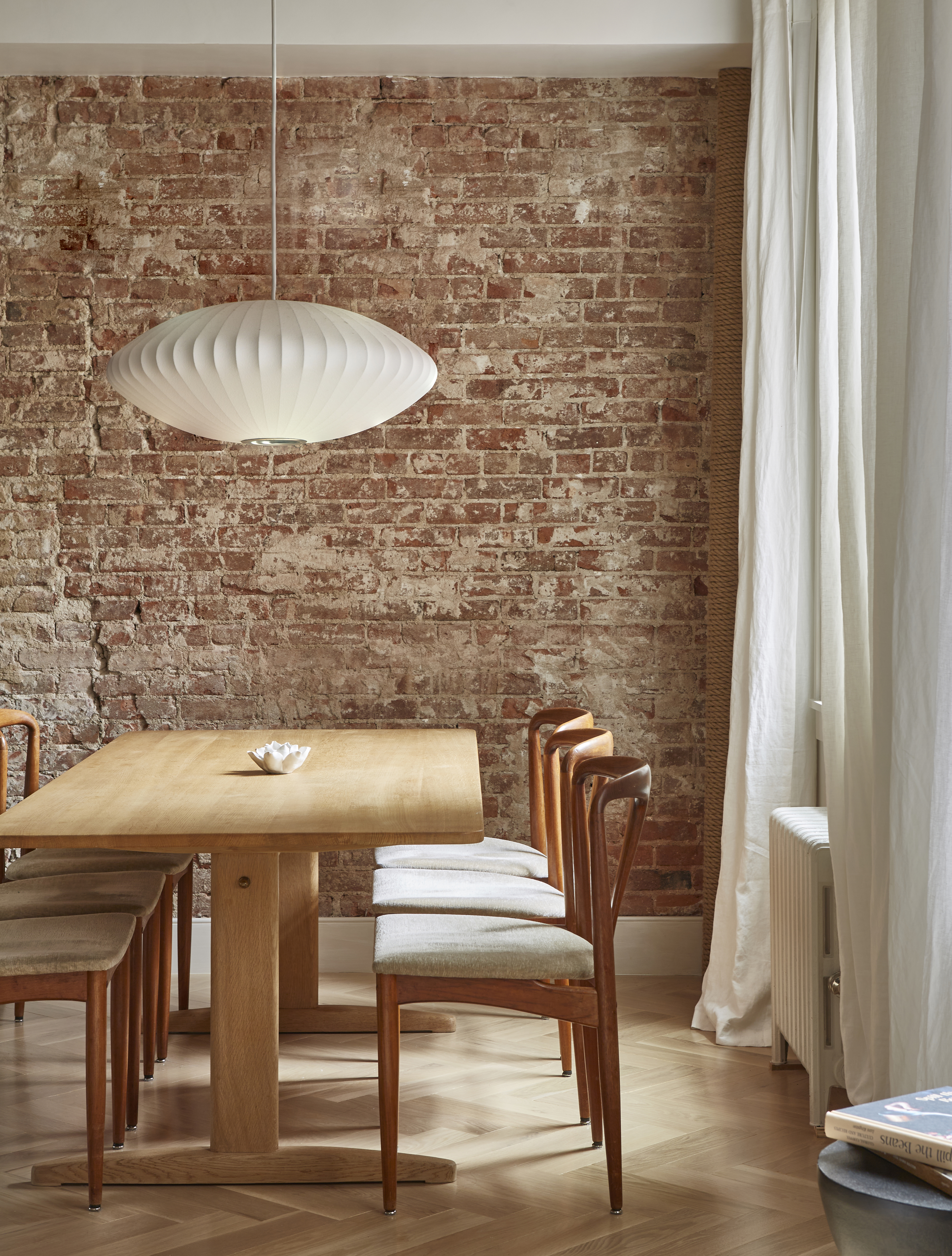
"You could be missing out on valuable heat if you’ve accidentally covered a vent with furniture," notes Kriss. She urges homeowners to consider learning how to rearrange a room to accommodate those key sources of heat on their floors.
"If you’re struggling to find a perfect arrangement for your furniture, do your best and then supplement with a vent deflector or extender," she suggests. "These nifty little tools push air into a part of the room that your vent doesn’t reach, whether because of placement or obstruction."
This adjustable magnetic heat and air vent deflector from Amazon gets a 4.3-star rating after over 13,000 reviews.
9. Service the Furnace

James Marino, general manager at Pinnacle Home Improvements, tells us that servicing your furnace is imperative, especially when a temperature drop is on its way.
"Make sure your furnace is working efficiently and replace the filter to improve airflow," he says. "This helps keep your home warm without driving up your heating bills."
To ensure a proper inspection, it's best to contact your local HVAC experts and have them service your furnace properly.
10. Check Carbon Monoxide and Smoke Detectors

Last but certainly not least, James calls attention to carbon monoxide and smoke detectors that are fitted around your home.
"With heaters and fireplaces running during the winter, it’s crucial to test your smoke and carbon monoxide detectors and replace the batteries if needed," he says.
If this wasn't on your list of fall home maintenance jobs, then it should definitely be on your winterization run-down. Besides protecting your home, this particular step is one that's also important for your personal safety.
With all these tips at the ready, you can now go forth and winterize your home like a pro. Yes, it may seem a tad daunting at this point but these basic steps must be undertaken to properly arm your home for the chilly weather to come.
So we recommend carving some time out to tend to your home and winterize it thoroughly. Then you can make the most of living indoors and comfortably adapt to the winter without having to worry about the safety of your home.
FAQs
When Should You Winterize Your Home?

John Gabrielli, owner of Air Temp Solutions, tells us that ideally, you'll want to start winterizing your home in late fall, say late October to mid-November, before that first sharp freeze hits.
He finds that it's wise to keep a close eye on the weather forecasts and jump on winterization early if it looks like cold weather is creeping in sooner. He adds that checking how well your home is insulated, especially around windows and doors, is important.
"You can keep out those icy drafts and maintain a cozy indoor tone by sealing any gaps with weatherstripping and caulking," he points out. "Remember to think about improving insulation in your attics and basements, too."







